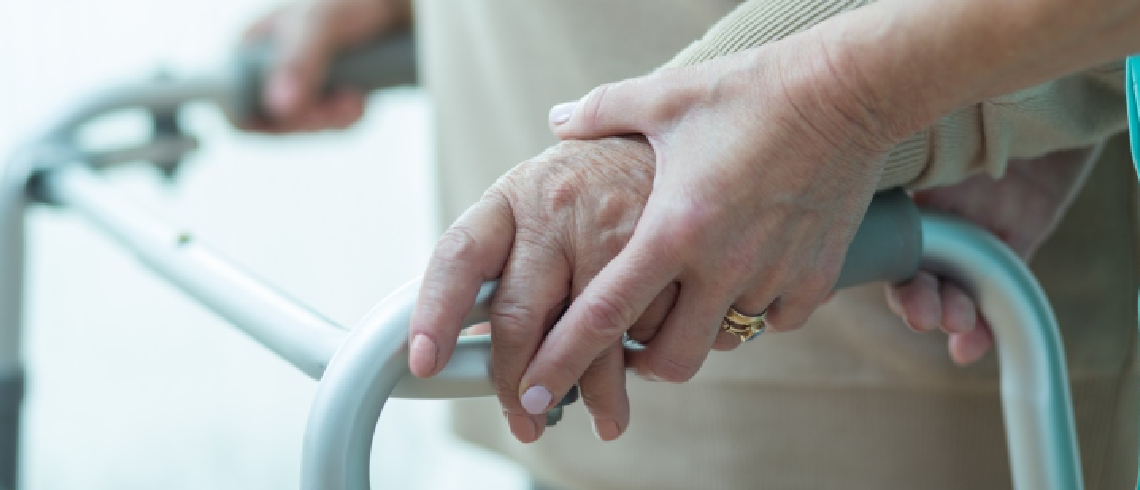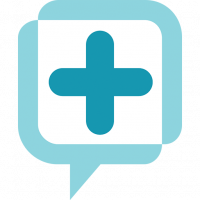Many potentially high-risk COVID-19 patients don’t know what to do or who to trust. Certainly, there is a lot of noise out there. As such, it is important that local health systems deliver vital messaging to help them feel safe and be safe.
Early statistics show that those with underlying health conditions like heart disease, diabetes and lung disease are at the highest risk for serious complications and mortality. In addition, adults over 60 seems to be most aggressively impacted. It’s a confusing time for many people. Obviously, people look to their doctors and health systems as their most trusted source for information and support.
Yet, many health systems are stretched beyond capacity with the influx of questions from patients and the public. Fortunately, as a health care marketer, you have the tools to provide targeted information to many in the highest-risk groups.
Use data to identify high-risk targets
For example, our health assessments collect a large amount of consumer data. These types of tools can help identify the high-risk COVID-19 members of your community, even those not in your EMR. Our platform and similar tools can identify people who meet any of these criteria:
-
- Are age 60 or older
- Have self-reported conditions (heart disease, high blood pressure, diabetes, pre-diabetes, COPD, asthma, history of smoking, cancer, etc.)
- Are in high-risk categories based on their risk assessment results.
Send emails to high-risk COVID-19 groups
A simple email to consumers in these different groups will let them know what steps to take to keep as healthy as possible. This will be a powerful step forward in providing personalized outreach and comfort. Let those people know their health care provider is being proactive. Sometimes, that’s all it takes.
For example, use this opportunity to provide tips on what to do at home. The CDC has these recommendations for high risk groups:
-
- Contact your healthcare provider to ask about which extra prescription drugs to have on hand in case there is an outbreak of COVID-19 in your community and you need to stay home for a prolonged period of time.
- Consider using mail-order for medications, if you cannot get extra medications from your pharmacy.
- Be sure you have over-the-counter medicines and medical supplies (tissues, etc.) to treat fever and other symptoms. Most people will be able to recover from COVID-19 at home.
- Have enough household items and groceries on hand to be prepared to stay at home for a period of time.
Adjust online calls-to-action and workflows
Don’t delay on this. Adjust the calls-to-action on your websites to align with evolving treatment workflows as resources dictate. Consumers need you to help them to navigate the shifting health care landscape. Your website needs to be a source of truth. Make sure your patient journeys are up to date.
For instance, it may not be possible for a high-risk COVID-19 patient to come in next week for a consult, but you can offer to provide a call to that person within the next 5-10 business days. Consumers are well aware of the situation facing health systems and will be willing to wait, if there is a plan in place to help them.
We highly recommend our clients spend a few moments adjusting their health assessment follow-up plan emails to align service-line communications with the new reality. Be sure to include special messaging about any changes to testing and visiting policies.
In conclusion, your local population, especially high-risk COVID-19 patients, look to you to lead the way on health matters. Leverage your digital tools to keep consumers engaged and up-to-date during this evolving challenge.















 Thank you for your interest.
Thank you for your interest.